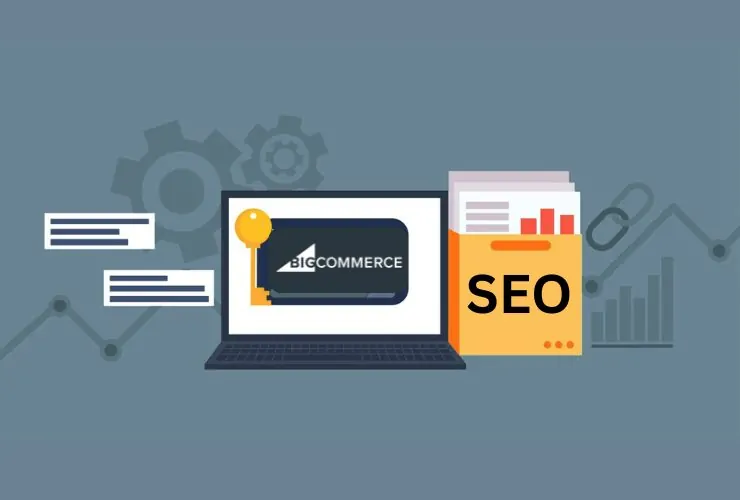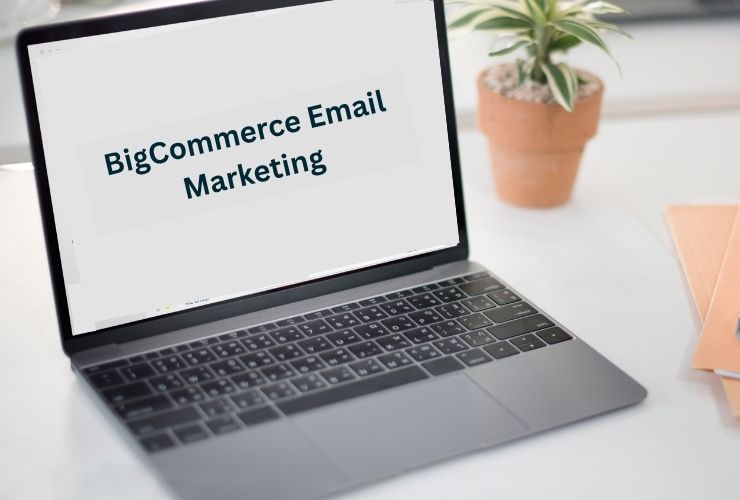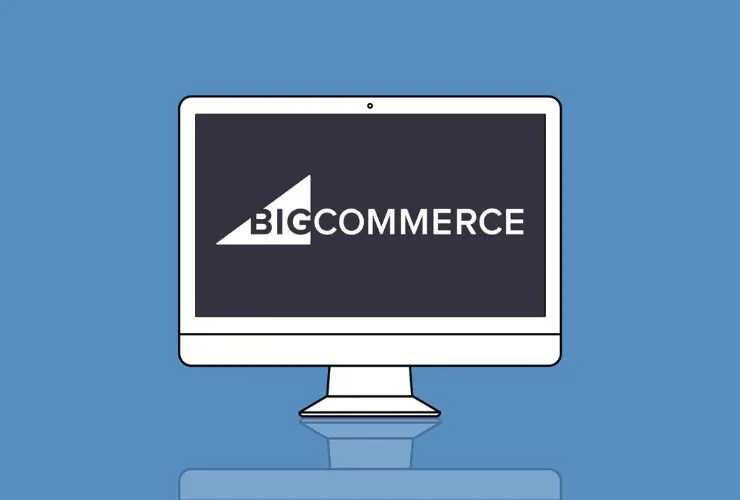In the increasingly crowded eCommerce landscape, launching a BigCommerce store will not be enough. You need to be discoverable; finding new audiences is crucial to growth. Search engines remain a top traffic and revenue source for eCommerce stores, which is why Search Engine Optimization (SEO) is essential for sustainable growth.
While BigCommerce has built-in SEO features, these tools require strategic execution and thorough optimization to truly work. The following guide will cover actionable strategies to optimize your store and increase your search rankings, organic traffic, and ultimately more sales from search.
1. SEO-Friendly URLs
Creating a URL that is cleanly structured will improve user experience and assist search engines in discovering the content of your page.
Tips:
- Make URLs short, clean, and rich with keywords
- Use lowercase letters and hyphens (/men-sneakers)
- Remove stop words ‘the’, ‘and’, ‘of’ and do not use symbols, dynamic parameters, or numbers (?id=234 is not SEO friendly)
- BigCommerce allows you to customize URLs per product, category, and page, so use this flexibility to target your search intent.
2. Page Titles and Meta Descriptions
In search results, page titles are seen first by users, page titles and descriptions influence a user’s choice to click or not, loosing users leads to lost sales.
Titles and descriptions are what users see in search results—they can make or break your click-through rate (CTR).
Best Practices:
- Title tags should start with target keywords + brand (e.g., “Men’s Running Shoes | FitGear Store”)
- Meta descriptions should include a benefit, a keyword, and a call-to-action (e.g., “Shop breathable men’s running shoes with free shipping and easy returns.”)
- Use tools like Yoast SEO (external) or FavSEO (BigCommerce app) to audit and bulk-edit metadata.
3. Focus on Heading Tags and On-Page Structure
Search engines rely on heading tags to understand the hierarchy and context of your content. Structuring your page with proper HTML tags not only improves SEO but also enhances user experience. Each page should include a single “h1” tag that clearly states the main topic—such as “Men’s Running Shoes” on a category page. Use “h2” tags to introduce major sections like “Shop by Brand” or “Best-Selling Styles,” and “h3” tags for subcategories or specific brands like “Nike,” “Adidas,” or “Under Armour.” Incorporating long-tail keywords naturally into these headings helps boost relevance and improves your chances of ranking for specific search queries.
4. Write SEO-rich product descriptions
Original content that solves users’ questions and decreases bounce rate is favorable to Google.
Content tips:
- Talk about materials, sizing, fit and benefits
- Use keywords in a reasonable fashion, not awkwardly stuffed
- If possible, add customer FAQs and their use cases
- Think about using a content brief or template to achieve consistency across products.
5. Use canonical tags to limit duplicate content
Duplicating content (especially in filtered or paginated collections) can limit your SEO ranking.
Recommended steps:
- Use canonical tags to indicate the “master” version of a page
- Only give crawlers one version of each product or collection
- BigCommerce will add a canonical tag by default, but check your pages from time to time using tools like Screaming Frog or Ahrefs.
6. Use alt tags for your product images
Search engines do not “see” images. Alt tags tell them what they are about for indexing and accessibility.
Some alt text tips:
- Be descriptive: “Black Nike Air Zoom Pegasus Running Shoes”
- Do not keyword-stuff
- Ensure that any image—especially product variations—has an alt text
- This will also boost Google Image search rankings, which can drive a lot of traffic.
- steps backward. Breadcrumbs make your site easier to navigate, which is important for user experience as well as SEO.
10. Monitor Technical SEO Performance
After making technical changes, you should assess the impact on your organic visibility and act accordingly.
Technical Audit Checklist:
- Check # of ranking keywords & keyword distribution
- Authority metrics
- Actual and ideal organic traffic
- Conversion metrics
- Remember, SEO is a process that takes time!
11. Keep Up with SEO Updates
- Search engines regularly update the way they crawl the web and update ranking criteria.
- Get involved with Digital Marketing groups on LinkedIn or Reddit or sign up for a newsletter.
- Moz and Search Engine Journal provide great articles. Make sure to read content from credible sources, including Google!
10. Take advantage of BigCommerce SEO Apps and Integrations
There is a number of third-party tools that will power-up your SEO process:
Recommended Tools:
- FavSEO – bulk edit SEO titles, descriptions, and other.
- SEOMetriks – track keyword rankings and get audit scores.
- Google Search Console – Search indexing, traffic and core web vitals monitoring.
- Schema App – adding structured data for rich snippets (reviews, prices).
These tools are designed to make it easier to manage and maintain long-term SEO success, and monitor it, too!
In Need of BigCommerce SEO Help?
At Empirical Edge Inc., we provide custom SEO strategies focused on BigCommerce. Whether you are just starting out or growing, we help you:
- Do a full technical audit
- Optimize product/category pages
- Write product/category content with keywords
- Add structured and LDF schema data
- Increase load speed and mobile experience
Let’s connect! Book a free consultation and find out how we can increase your traffic and sales organically.
Conclusion
BigCommerce gives you a good foundation for SEO success, the actual success will be determined based on your education to optimize every page, every image, every click.
From writing great metadata and optimizing for speed, performance, and structure to following best practice to increase your visibility to qualified visitors and convert clicks to conversions.









